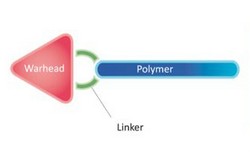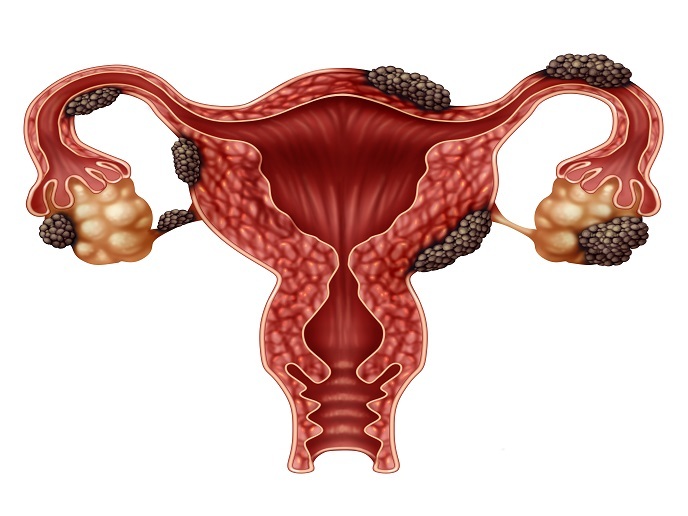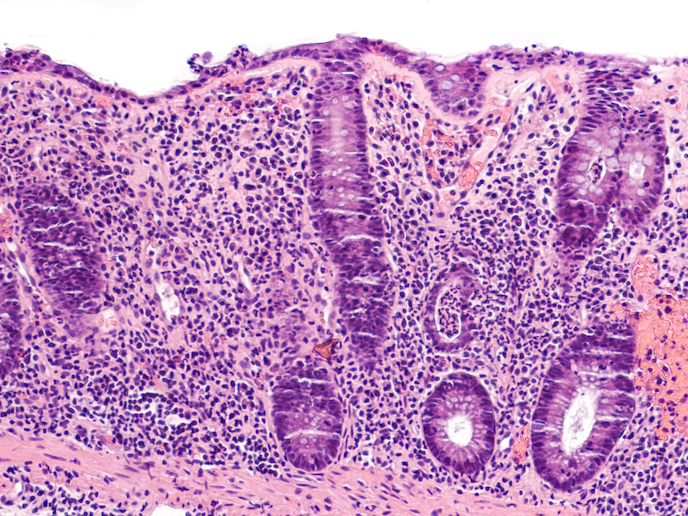Drug design for treating inflammatory disorders
Kinases are enzymes implicated in signalling pathways and play a pivotal role in the initiation, propagation and regulation of immune responses. Kinase inhibitors represent the most popular class of drugs in oncology and can also be used to treat inflammatory and autoimmune diseases. Efforts in the pharmaceutical industry are focussed on the discovery of small molecule inhibitors that regulate kinase function. Key criteria in the selection of kinase inhibitors include selectivity, efficacy and safety. To achieve this goal, the EU-funded LSE (LSE technology approach to generate innovative kinase inhibitor drugs) project proposed a novel drug-discovery strategy that combined innovative computational approaches with the unique LSE platform. This proprietary technology generates new chemical entities with unique physico-chemical and pharmacological characteristics, distinct from the parent molecule. The first step entailed a pharmacology-based computational search to predict the best kinase targets and associate the chemical structures of known kinase inhibitors. Scientists investigated the profile of hundreds of drugs to discover compounds that target kinases specific for atopic dermatitis, psoriasis and inflammatory bowel disease. As a second step, researchers conjugated the small molecules identified to a low molecular weight amphiphilic polymer via a stable covalent bond. This led to new chemical entities with innovative features suitable for topical administration. These molecules were designed to combine high local concentration with poor systemic absorption and distribution, generating an optimised safety profile. Six LSE variants were synthesised and investigated in in vitro experimental models. Four of those compounds were selected for further testing in appropriate in vivo models. Two molecules generated very promising in vivo pharmacology results, and were therefore selected for further development. LSE partners managed to overcome the challenges of selectivity and pharmacodynamic translation and delivered two potent inhibitors against atopic dermatitis and psoriasis. Apart from addressing an unmet market and patient need, LSE technology has the capacity to generate the next generation of ‘topical-by-design’ lead compounds for the treatment of many other inflammatory and autoimmune diseases.
Keywords
Drug, inflammatory disorders, kinase inhibitors, atopic dermatitis, psoriasis







